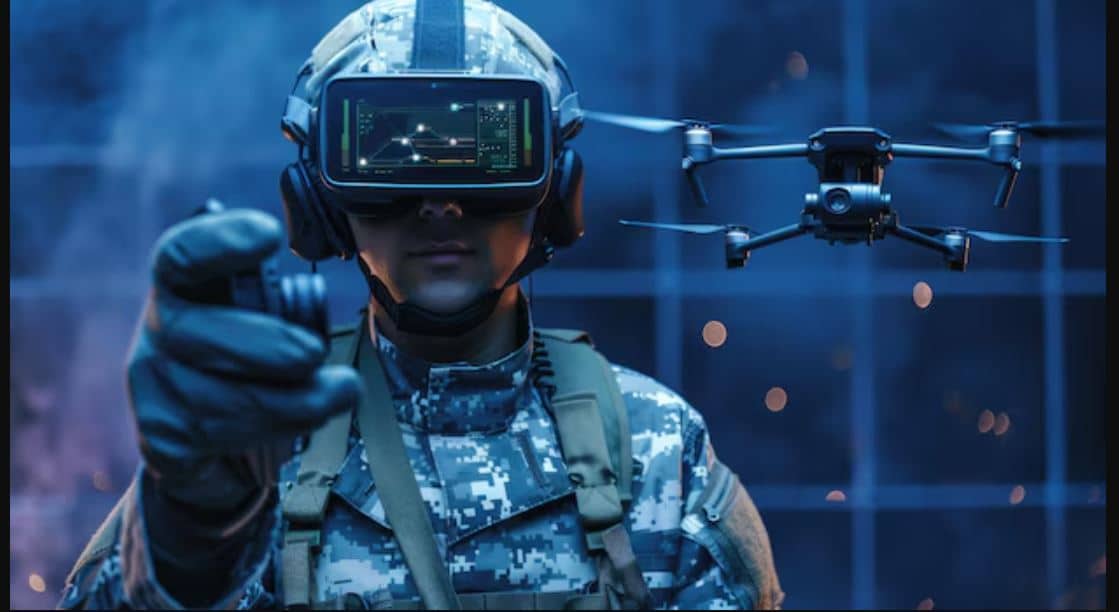At the beginning of February, Greek Defense Minister Nikos Dendias presented the army’s new military equipment. His conclusion: everything has been upgraded. And that’s not surprising. In recent years, military uniforms worldwide have become increasingly advanced. Simply wearing sturdy, protective clothing is no longer enough to guarantee safety. Those who truly take care of their troops incorporate the latest technology into their uniforms—because nowadays, that technology can save lives.
Endless Possibilities
Back in 2012, it was groundbreaking when the British army integrated fibers into fabrics that could generate energy. But today, that is no longer sufficient. In the U.S., the Soldier 2025 program is developing a uniform that functions like a computer. Nanotechnology is being designed to change the uniform’s color to match its surroundings, while the armor will be liquid-based—remaining flexible when running but solidifying upon impact, such as from a bullet.
Meanwhile, sensors will automatically adjust body temperature and detect exposure to hazardous chemicals or injuries. These can then be treated by built-in medical equipment. If this sounds like something from a high-tech action movie, the reality goes even further. There are developments for a helmet visor that displays real-time updates, projects ground maps, responds to voice commands, and transmits the locations of fellow soldiers. And these are just a few of the innovations on the horizon.
Not Everyone Reveals Their Secrets
The U.S. military’s transparency about its technological innovations is striking. Most countries are developing similar advancements but reveal little about them. For instance, South Korea has been working for years on the Warrior Platform, a program aimed at modernizing and strengthening its military. What we do know is that they are developing a lightweight IFF (Identification Friend or Foe) device. This laser-based system will be integrated into uniforms to distinguish between allies and enemies, reducing the risk of friendly fire. Additionally, they are working on protective and information-sharing technology, but the specifics remain undisclosed.
Meanwhile, Germany’s Bundeswehr Research Institute for Protective Technologies is developing military uniforms that offer enhanced fire resistance. Since France has been pursuing similar research, the two countries have decided to collaborate. However, details remain scarce.
Other countries, such as Belgium, Norway, Sweden, Denmark, and Finland (the latter four working together on the Nordic Combat Uniform System), have recently launched new military uniforms but have revealed nothing about the technology behind them. While it would be fascinating to learn more about these developments, it’s understandable why many nations keep their progress secret. Ultimately, military technology is about national security, and that’s not something to be taken lightly.




















